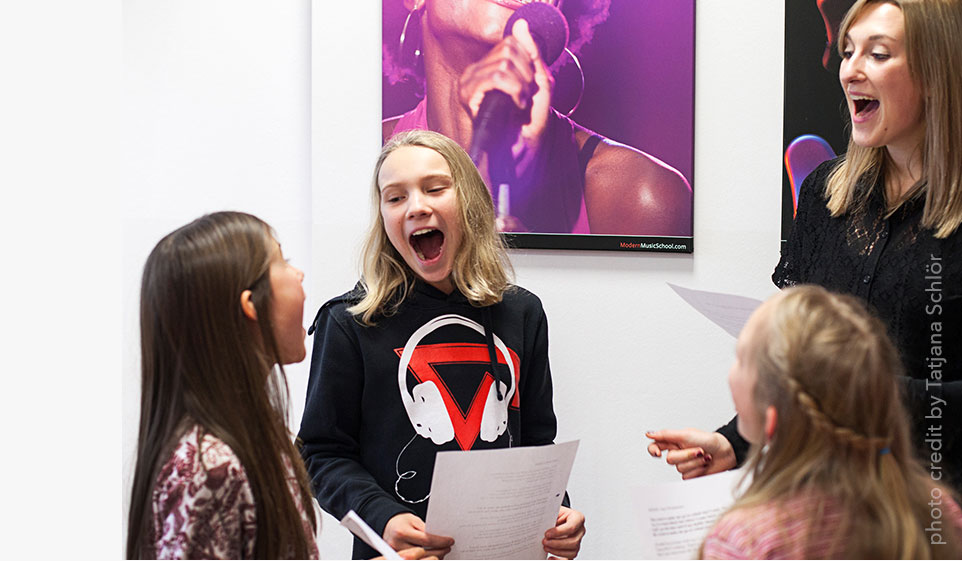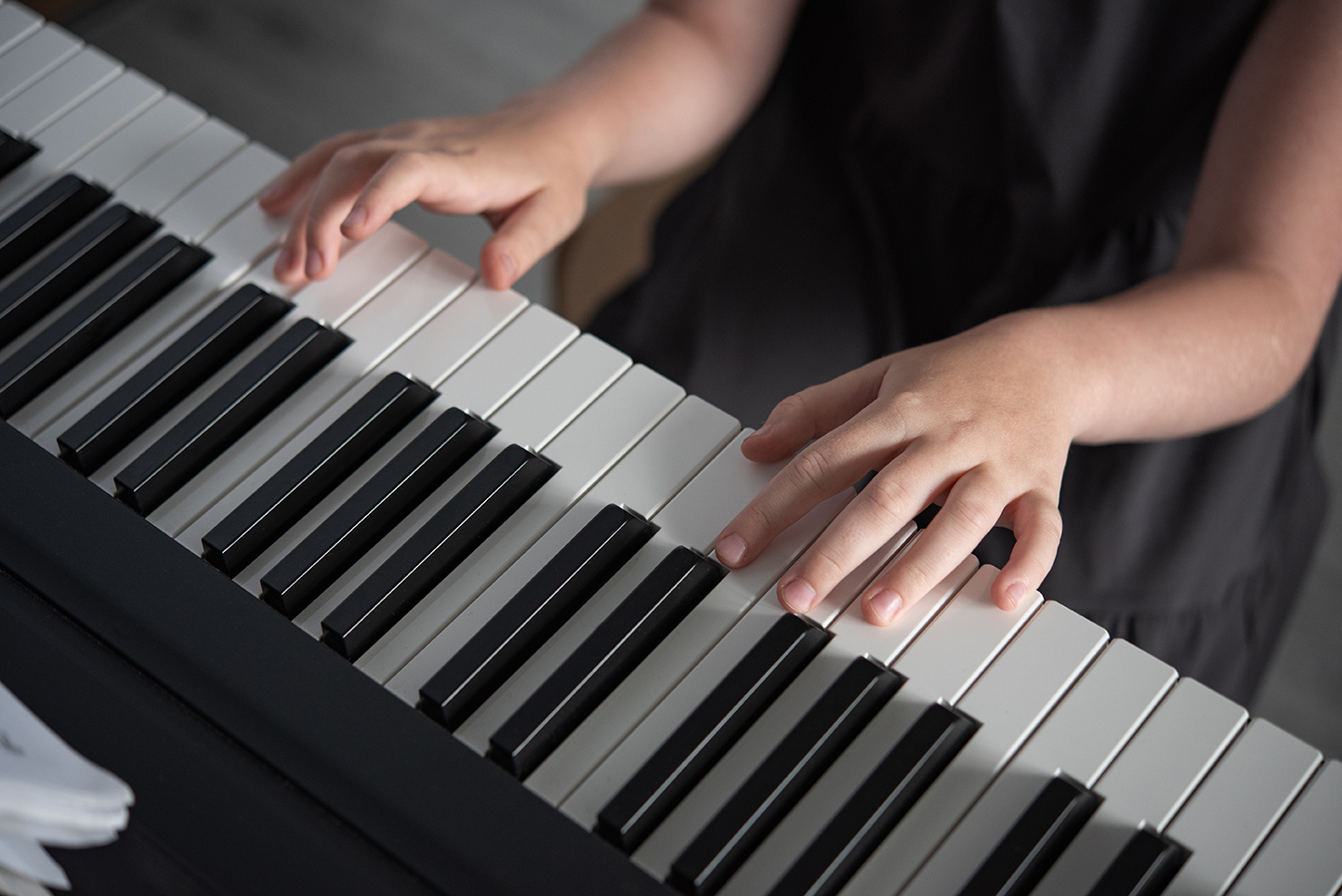Why we should only study when we’re in a good mood
Latest Posts • January 26, 2016

Over the past several decades, neuroscience has led scientists to invaluable discoveries about the mental processes involved in learning. Collaborating with other fields such as psychology, education and didactics, it offers insight on how learning environments should be structured to facilitate the best learning and information retention.
Thanks to new brain imaging techniques (EEG, MEG, Pet Scan, fMRI), we’re able to observe the brain. We can see which parts are activated during the learning process, when they’re activated and where new connections form.
These findings support what educators and scientist have already suspected for a long time: attention, motivation and emotion are fundamental to learning.
And since I’ve already written about attention and motivation in my articles “Curiosity is the engine that fuels our learning” and “Learning enthusiastically,” I’d like to explore the impact of emotion on learning in this blog post.
Manfred Spitzer, a German brain researcher, conducted studies demonstrating a close connection between emotion and learning. He says ‘we should only study when we’re in a good mood,’ because the emotional state we’re in when learning determines how well we’ll be able to retain and recall the information.
His studies show that information is stored in different areas of the brain depending on how we feel while we’re learning. The brain stores information in the hippocampus when we learn in a positive emotional state and in the amygdala when in a negative emotional state.
If we look more closely at hippocampus and amygdala and their respective functions, we soon realize this can problematic for learning.
The hippocampus is mainly associated with memory, and in particular, long-term memory. The Amygdala stimulates stress responses, or the ‘fight or flight’ response. The associatively information the amygdala stores is the kind meant to save us from sabre tooth tiger attacks. It directs our behavior when we’re in danger and need a quick survival response. For our ancestors, this was a useful lifesaving reaction – but learning should never be fear-driven.
Spitzer explains that fear produces a cognitive state featuring fast execution of simple routines, but one that prevents associative (creative) thinking, which is exactly what our modern times require most. Rote memorisation is no longer in demand.
We need kids and young adults who think independently. Creative and original thinking are what students need to be successful in the world.
So if fear and pressure-based learning prevents creative thinking and problem solving abilities, then we have to make sure we create emotionally positive class environments where learning is fun and interesting.
That’s why we practice edu-tainment at Modern Music School – a mix of education and entertainment. We know emotion is an important factor in education and we want to ensure our class environments support positive emotions. We strive to make learning fun and exciting – and long lasting!




Leave A Comment